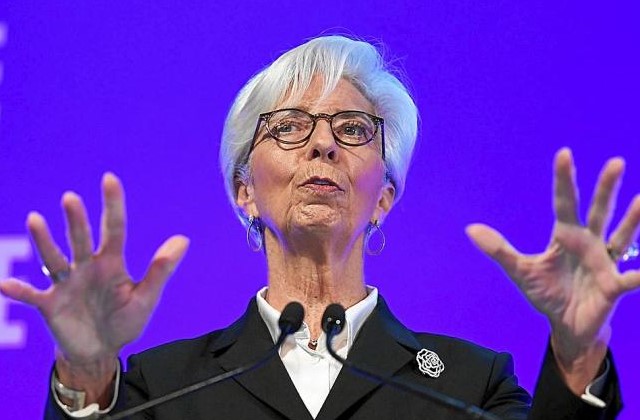Jeremy Cunningham, Investment Director, Fixed Income at Capital Group| The European Central Bank (ECB) will face an even more challenging policy environment in 2023. Core inflation appears to have already peaked in the major European economies and should continue to fall as the effects of last year’s sharp increases in energy prices fade. However, underlying inflationary pressures are rising. Higher energy prices are being passed through to a wide range of products; companies are optimistic about their ability to raise prices, given pent-up consumer demand; fiscal policy has capped energy prices and is boosting non-energy demand; and labour markets are tight. On the other hand, the backward-looking nature of the euro area’s multi-year wage-setting mechanism could cause wage inflation to accelerate to levels above those required to meet the ECB’s 2 per cent inflation target.
However, there are also important disinflationary factors, such as the removal of bottlenecks in supply chains, the sharp decline in money supply growth and the reduction in consumer inflation expectations. On the other hand, the collapse of SVB and the problems at Credit Suisse have led to high financial market volatility, which has disinflationary effects and could put a brake on the monetary policy tightening cycle.
It remains to be seen how fast the ECB can initiate a rate-cutting cycle, although the ECB has different tools at its disposal to deal with financial instability and high levels of inflation. The ECB could reactivate its long-term refinancing operations programme (LTRO/TLTRO) to provide banks with multi-year loans at reduced interest rates. It could also choose to discontinue the quantitative tightening programme. These measures would boost liquidity and market confidence before starting to cut interest rates.
We continue to position for a further tightening of financial conditions, with duration increasing at current levels and an underweight exposure to sovereign spreads, such as Italian sovereign debt, which remains vulnerable, given its high level of issuance and significant exposure to domestic sovereign debt in the banking sector. This could lead to a widening of spreads in periods of risk aversion. However, to hedge against the risk of the ECB deciding to take further action to combat inflation, we favour positions that point to a steepening of the yield curve.





